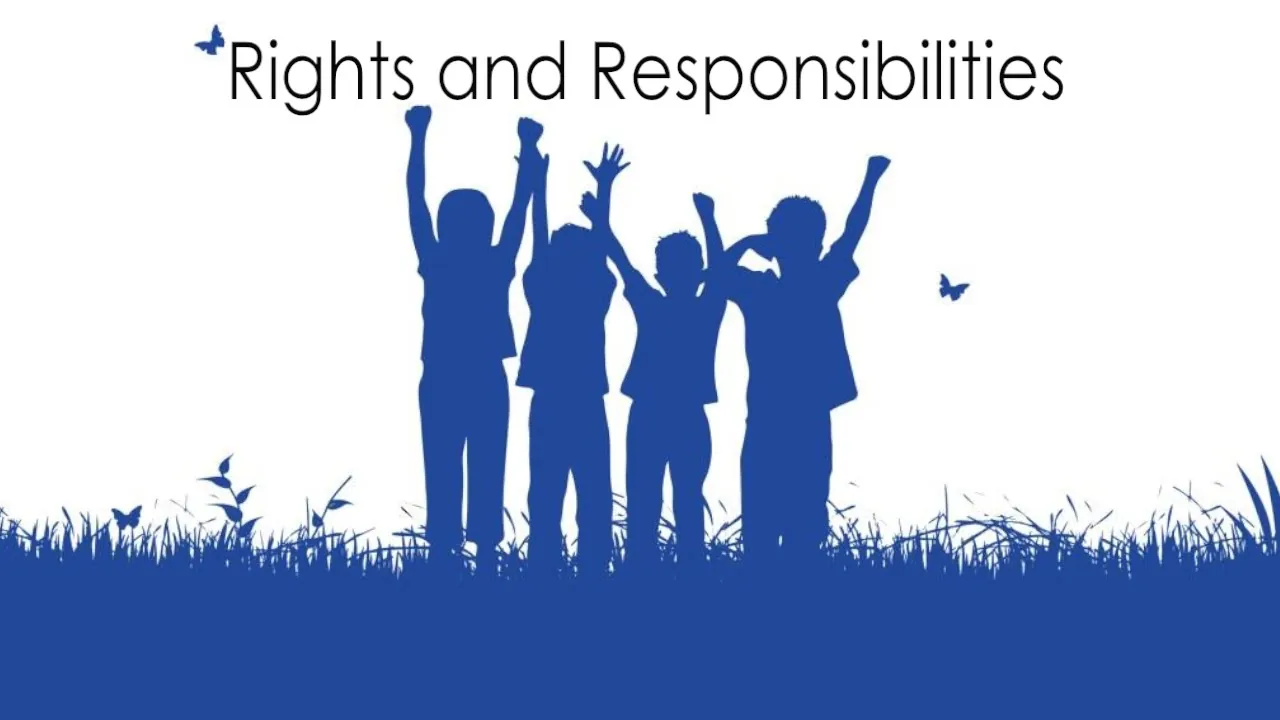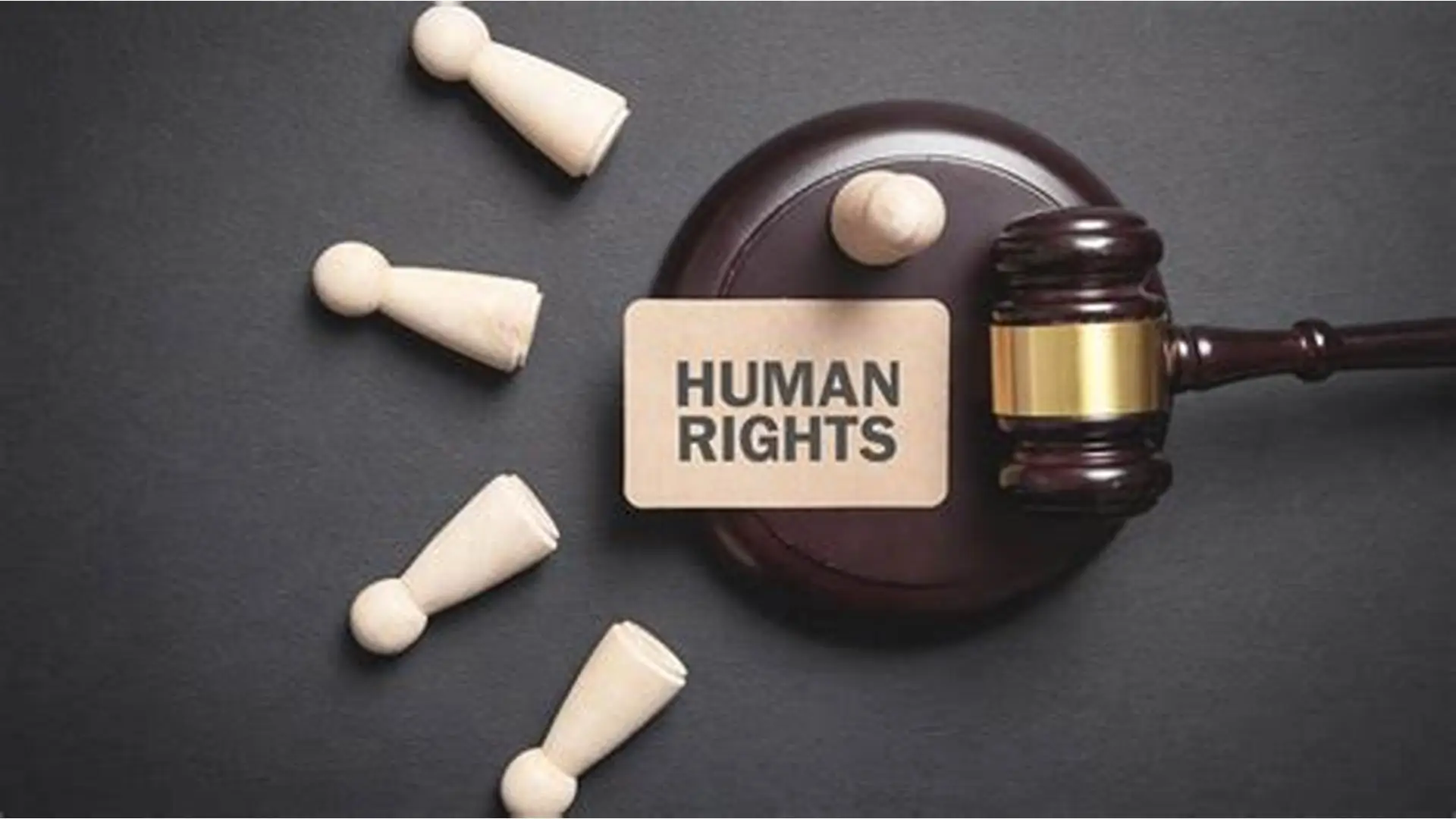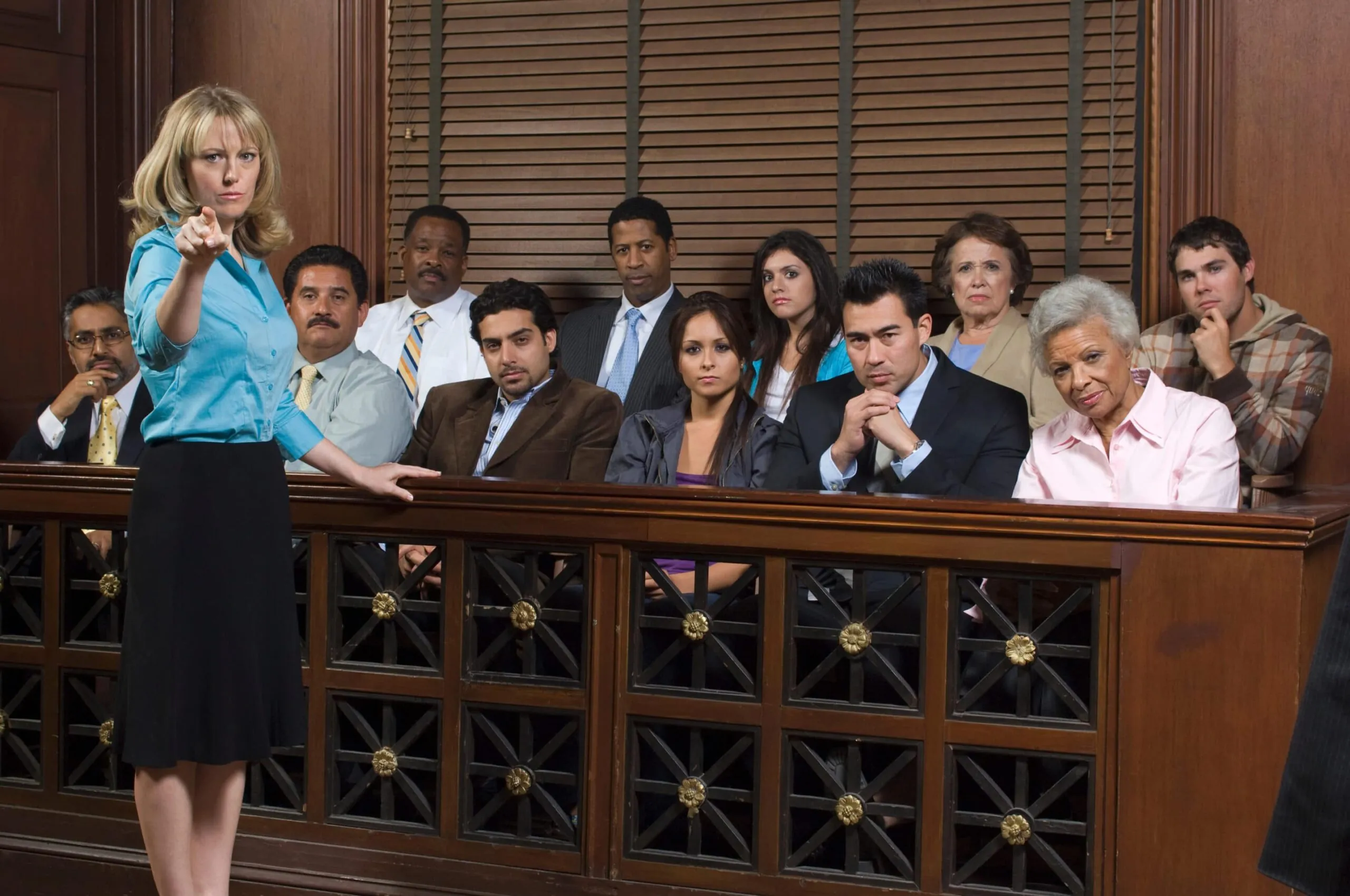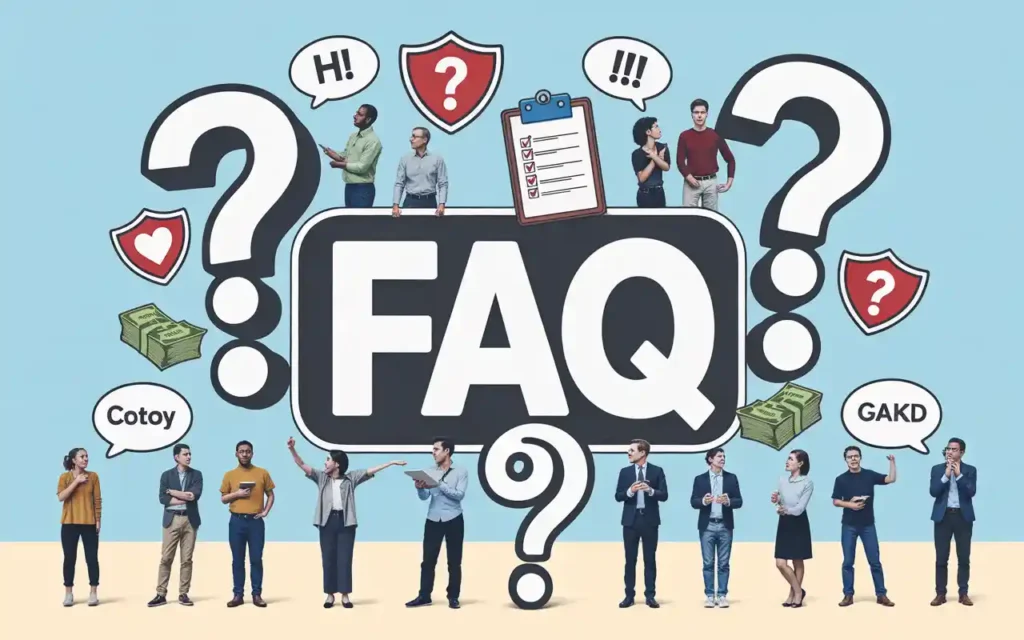Understanding how are our rights and responsibilities protected here in Canada is crucial for anyone living in or moving to the country. Whether you are a citizen, permanent resident, or newcomer, knowing how Canada’s legal framework, institutions, and cultural values safeguard your freedoms and duties helps you appreciate your place in Canadian society and guides your daily decisions.
This comprehensive guide will explain the mechanisms that protect your rights and responsibilities in Canada, address common questions, and offer practical advice for upholding these vital aspects of Canadian life.
Introduction: Why Rights and Responsibilities Matter

Living in Canada comes with both protections and expectations. The rights that guarantee your freedoms go hand in hand with responsibilities you owe to fellow Canadians and society at large. Recognizing how are our rights and responsibilities protected here in Canada makes it easier to stand up for yourself and others, and to thrive within a diverse and inclusive society.
The Foundations: Constitution and the Charter
The main legal instrument that protects our rights and responsibilities in Canada is the Constitution. The most well-known part of the Constitution is the Canadian Charter of Rights and Freedoms, adopted in 1982. The Charter guarantees a range of fundamental human rights, such as freedom of speech, religion, equality, and legal protection, and also outlines essential civic responsibilities.
What Does the Charter Guarantee?
- Fundamental Freedoms: Freedom of conscience, religion, thought, expression, the press, peaceful assembly, and association.
- Democratic Rights: The right to vote and run for office.
- Mobility Rights: The ability to live and work anywhere in Canada.
- Legal Rights: Protection against unreasonable search, the right to a fair trial, and to be presumed innocent until proven guilty.
- Equality Rights: Equal treatment under the law, regardless of race, gender, religion, or other status.
- Official Language Rights: Services in either English or French.
- Minority Language Education Rights: Access to education in minority languages in certain regions.
Canada’s Charter ensures our rights are not easily taken away and promotes respect, diversity, and inclusion.

How Are Our Rights and Responsibilities Protected Here in Canada? (Key Legal Tools)
Laws and the Justice System
The Charter is supported by a broad structure of federal, provincial, and territorial laws. Some key legal tools include:
- The Canadian Bill of Rights (1960): First federal law protecting civil liberties such as life, liberty, security, and enjoyment of property. Ensures “due process” and basic procedural fairness.
- The Canadian Human Rights Act (1977): Prohibits discrimination in areas such as employment and accommodation for federally regulated workplaces and services.
These laws apply alongside others passed by provincial and territorial governments, covering everything from anti-discrimination to workplace safety.
Federal and Provincial Human Rights Laws

Each province and territory has its own human rights codes, often enforced by a human rights commission or tribunal. These laws protect people against discrimination due to race, ethnic origin, religion, sex, disability, and more.
Examples:
- Ontario Human Rights Code
- Alberta Human Rights Act
- Quebec Charter of Human Rights and Freedoms
The Role of the Canadian Human Rights Act
The Canadian Human Rights Act is another pillar, ensuring equal treatment for all in federally regulated environments. If individuals feel discriminated against by a bank, telecommunication company, or federal department, they can file a complaint with the Canadian Human Rights Commission.
Institutions That Support and Enforce Rights and Responsibilities
Courts and Tribunals
Canadian courts, from local courts to the Supreme Court of Canada, have the power to interpret the Constitution and decide if a law or government action violates the Charter. This legal oversight ensures continuous protection of rights and responsibilities.
Human Rights Commissions
Human Rights Commissions, like the Canadian Human Rights Commission and provincial commissions, investigate discrimination complaints and can refer issues to tribunals for formal hearings.
Law Enforcement Agencies
Police and other law enforcement agencies are required to uphold citizens’ rights, such as prompting reasons for arrest, allowing legal counsel, and preventing cruel or unusual punishment.
Everyday Life—Rights and Responsibilities In Action
At Work
Employees are protected from discrimination and harassment at workplaces under federal and provincial laws, while employers have a responsibility to maintain a safe environment.
Example:
A person facing discrimination at work can file a complaint with the relevant human rights commission for fair investigation and redress.
At School
Schools must provide equal opportunities for all students, with accommodations for disabilities, language, and religious practices.
In the Community
Everyone has the right to access public services, housing, and participate in social and cultural life, without facing discrimination.
Access to Justice
If you believe your rights are violated:
- Seek legal advice (Legal Aid is available for low-income Canadians).
- Complain to a Human Rights Commission.
- Raise issues in court if necessary.
Actionable Tip:
Keep written records and evidence if you intend to file a formal complaint.
Multiculturalism and Equality
Canada is renowned for its celebration of diversity. The Charter explicitly recognizes and enhances the multicultural heritage of Canadians, while human rights laws seek to level the playing field for all.
Example:
Same-sex marriages have been legally protected, but individuals and groups with religious objections are also protected from being forced to act against their beliefs.
How You Can Protect Your Own Rights and Fulfill Your Duties
Knowing Your Rights
- Learn about the Charter and Canadian laws.
- Stay informed about changes and current events.
- Ask for help when unsure or when treated unfairly.
Being a Responsible Citizen
- Obey the law and respect others’ rights.
- Vote in federal, provincial, or local elections—your participation supports democracy.
- Serve on a jury if called, which helps maintain a fair justice system.
- Take care of yourself and your family.
- Volunteer and help others in your community.
- Protect Canada’s environment and multicultural heritage.
Table: Rights and Responsibilities Examples
| Right | Matching Responsibility |
|---|---|
| Freedom of speech | Avoiding hate speech, respecting others’ opinions |
| Right to equal treatment | Not discriminating against others |
| Legal counsel when arrested | Cooperating with law enforcement, respecting process |
| Education and health care access | Paying taxes, using public services wisely |
| Voting in elections | Staying informed, voting regularly |
| Multicultural inclusion | Learning about other cultures, fighting prejudice |
Examples and Practical Scenarios
Example 1: Freedom of Expression vs. Hate Speech
You have the right to express your beliefs, but not to incite violence or spread hate against others.
Example 2: Workplace Discrimination
A new immigrant faces unfair treatment at work because of their accent. They report this to the provincial human rights commission, which investigates the claim and orders the employer to provide training and compensation.
Example 3: Jury Duty
A citizen is called to serve on a jury for a criminal trial. By serving, they help maintain the justice system that protects everyone’s rights.

Example 4: Protecting Heritage and Environment
Residents clean up a local park to preserve the natural environment, demonstrating their responsibility to future generations.
Frequently Asked Questions

1. What is the main law protecting rights in Canada?
The Canadian Charter of Rights and Freedoms, part of the Constitution, is the most significant legal document safeguarding rights and freedoms.
2. Can my rights be taken away?
Some rights are subject to “reasonable limits” set by law, as justified in a free and democratic society (Section 1 of the Charter). Examples include public safety, protection of others, or national security.
3. How do I address discrimination or rights violations?
Document your experience, seek legal aid, and contact the human rights commission in your province or territory.
4. What are my basic responsibilities as a Canadian?
To obey the law, respect others’ rights, serve on juries if asked, vote in elections, and contribute to the community and environment.
5. Are permanent residents protected by the same rights as citizens?
Yes, most rights apply to all people in Canada, but some, like voting or running for political office, are reserved for citizens.
6. What institutions protect my rights?
Canada’s courts, the Canadian Human Rights Commission, and provincial/territorial commissions handle complaints and enforce the law.
Conclusion & Key Takeaways
Understanding how are our rights and responsibilities protected here in Canada empowers you to participate fully in society. The Charter, strong legal frameworks, and robust institutions work together to secure freedom, justice, and equality, while every individual has a role in maintaining these values.
If you believe your rights have been violated or want to better fulfill your civic responsibilities, reach out to your local human rights commission, community organizations, or legal resources for help.